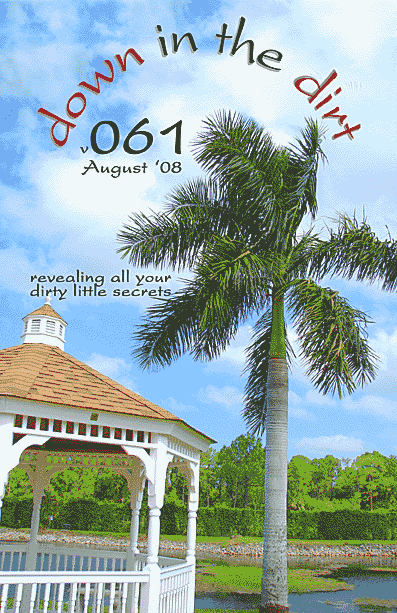



|
Order this writing in the collection book Layers of Creation available for only 1795 |
 |
|
| |
This appears in a pre-2010 issue
|

|
|
|
| ||
Guiding Light
Robert Mitchell
The motor refused to start. Mary adjusted the fuel mixture and tried again. The engine sputtered for a few seconds, and then quit.
She looked up at the sky. It was getting late, and a light fog was rolling in. Worse, in her efforts to get the engine started, the boat had turned, and Mary grew confused about the direction of land.
Normally, this wasn’t a problem, as the Cape Horn was clearly visible for miles. But now, every direction she looked appeared the same. Mary saw no land, and heard no crashing of the waves to indicate the direction of shore.
She knew the currents in these waters could quickly carry a boat out to sea, but she had told no one of what she planned for this afternoon. It might be sometime before a search would be made for her.
Mary’s husband, an older man recently retired from the Navy after WWII, had purchased her their beach house as a wedding gift. It included a nice little dock with a small sturdy looking boat named the Sea Slipper. Since her husband was not due to arrive for three days, she had thought it would be fun to take it out for an afternoon cruise. Mary was beginning to believe that was a mistake.
Looking at the sky, she began to worry. The engine would not start and the weather now changed for the worse. The seas became rougher and a light rain began to fall.
Her clothes became wet, and the water pooled in the bottom of the boat. Mary found a pan under the seat, and scooped some over the side, then thought better of it. She might need fresh water later on.
However, the rain continued to come down, and the seas grew rougher. Lost in the open water, Mary decided she must take a chance, choose a direction, and hope her selection was a good one. She readied the oars. Mary thought she might have heard waves crashing onto a beach on the port side, and so she turned the boat in that direction and started rowing.
She rowed for twenty minutes and became exhausted. Her clothes stuck to her like a second skin, and she shivered. Without any rain gear, Mary grew concerned about exposure, especially since the temperature appeared to be dropping.
But presently she heard a distant horn to her left, cutting through the wind and misty rain. It was low and melodious. Mary turned her boat in that direction, and rowed in earnest. Soon she saw a beacon break through the gloom, the blessed light from a lighthouse. The horn sounded again.
Mary thought that it must be the Cape Horn lighthouse. She had heard about it, but had never visited the site.
She kept rowing, seemingly tireless now that the horn and periodic light guided her way to shore. In fact, she now knew where she was, less than a half mile from her very own boat dock.
So, Mary turned in that direction and rowed earnestly with depleted strength, shivering, and then saw her own house on the shore and thanked the lighthouse for sending her in the right direction. Though looking back, she now saw no light in the distance at all, nor heard any horn.
Finally, an exhausted Mary rowed up to the dock, tied off the boat, and trudged up the long steps to the beach house for a hot shower, and a full meal. She slept soundly that night, and dreamed of a lighthouse in the distance that pointed the way towards home.
Three days later her husband arrived at their beach home, and Mary told him her story.
“Mary, that couldn’t have been the lighthouse,” he said.
“What do you mean?”
“Here, get in the car and I’ll show you.”
They drove up to Cape Horn and parked in front of the old lighthouse made with native stone. The building was surrounded by a wire fence and posted with no trespassing signs. It was obvious that the lighthouse had not been used in years. But, a plaque readable from the gate commemorated the last keeper, a Mr. John T. Fisher.
“Mary, you’re not going to believe this,” said her husband.
“What?”
“Last year I went to an estate sale, and bought our little boat, the Sea Slipper for our dock.”
“So?”
“It was the estate sale of a Mr. J. T. Fisher.”
![]()




